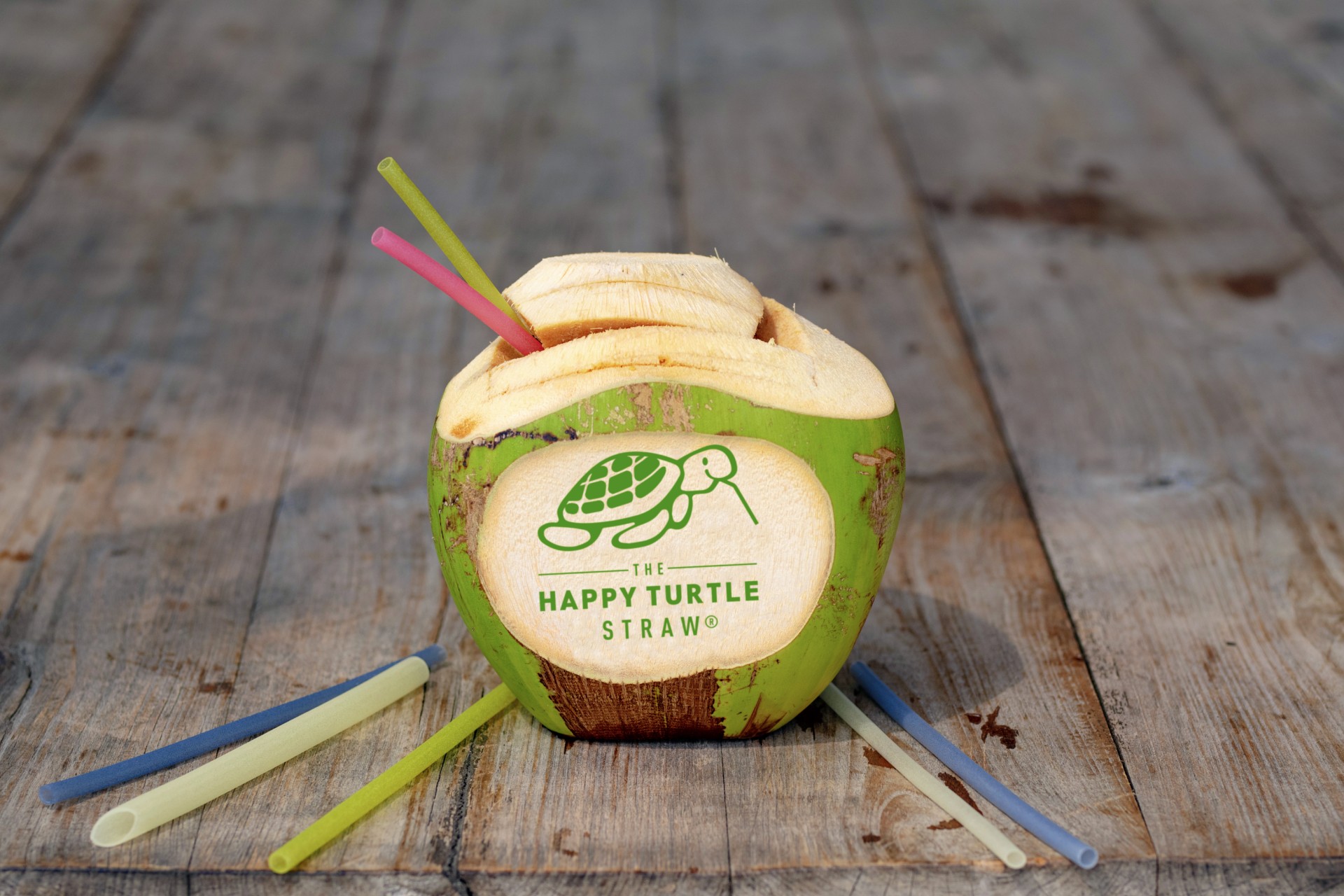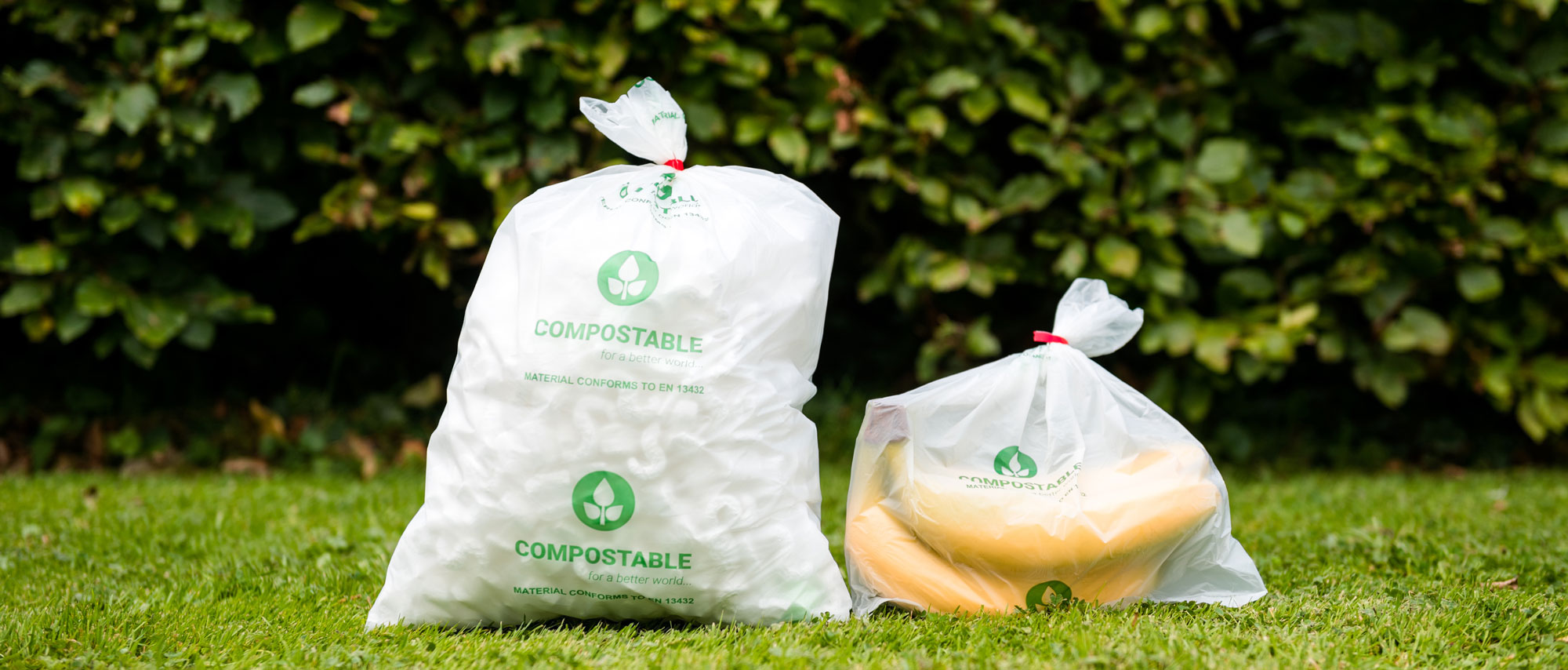
In the quest for sustainable alternatives to single-use plastics, rice straws have emerged as a promising solution, uniting regions and industries in the fight against plastic pollution. This blog explores the rise of rice straws, their environmental benefits, and their global adoption, highlighting how this simple innovation is contributing to a more sustainable future.
The Environmental Challenge of Plastic Straws
Plastic straws have long been a symbol of the broader issue of plastic pollution. Their lightweight and ubiquitous nature make them a significant contributor to environmental degradation, particularly in marine ecosystems. Traditional plastic straws can take up to 200 years to decompose, during which they break down into microplastics, posing threats to wildlife and human health.
In response to this growing concern, many countries and companies have sought alternatives that are both functional and environmentally friendly.

The Emergence of Rice Straws
Rice straws have gained attention as an eco-friendly alternative to plastic straws. Made primarily from rice flour and tapioca starch, these straws are:
- Biodegradable: They decompose naturally within approximately 90 days, reducing long-term environmental impact.
- Compostable: Suitable for composting, they break down into non-toxic components, enriching the soil without leaving harmful residues.
- Edible and Safe for Wildlife: Composed of natural ingredients, they pose no harm to animals if ingested.
- Durable: Designed to withstand both hot and cold beverages without dissolving or altering the drink’s flavor.

The Science Behind Rice Straws
The production of rice straws involves several key steps:
- Rice Processing: Milling rice grains to produce rice flour.
- Mixture Preparation: Combining rice flour with tapioca starch and water to create a dough-like consistency.
- Extrusion: Shaping the dough into straw forms using extrusion technology.
- Cutting and Drying: Cutting the extruded material into straw lengths and drying them to achieve the desired hardness and durability.
This process ensures that the straws are both functional and environmentally friendly, aligning with sustainable production practices.
Environmental Benefits of Rice Straws
The adoption of rice straws offers several environmental advantages:
- Reduction in Plastic Waste: By replacing plastic straws, rice straws help decrease the volume of plastic waste entering landfills and oceans.
- Lower Carbon Footprint: The production of rice straws generates fewer greenhouse gas emissions compared to plastic straw manufacturing.
- Utilization of Agricultural Byproducts: Rice straws can be made from rice straw, an abundant agricultural byproduct, providing an additional revenue stream for farmers and reducing the need for burning rice straw, which contributes to air pollution.

Global Adoption and Impact
The shift towards rice straws reflects a global commitment to sustainability:
- Asia: In countries like Vietnam and the Philippines, rice straws have gained popularity due to the abundance of rice production and the pressing need to address plastic pollution. Companies like EQUO in Vietnam are producing rice straws free from harmful substances, contributing to local economies by sourcing materials from southern regions.
- Europe: European nations, known for stringent environmental regulations, have embraced rice straws as part of broader initiatives to reduce single-use plastics.
- North America: In the United States and Canada, eco-conscious consumers and businesses are adopting rice straws to align with sustainability goals and meet growing consumer demand for environmentally friendly products.

Collaborative Efforts and Innovations
The success of rice straws is bolstered by collaborations between various stakeholders:
- Private Sector Engagement: In Vietnam, partnerships between organizations like the International Rice Research Institute (IRRI) and local companies have led to the development of sustainable rice straw solutions, promoting sustainable rice production and increasing farmers’ income.
- Technological Innovations: Companies are developing portable machines that convert agricultural waste, including rice straw, into valuable bioproducts like biofuels and fertilizers, reducing environmental impact and providing economic benefits to farmers.

Challenges and Considerations
While rice straws present a viable alternative, certain challenges must be addressed:
- Production Costs: The cost of producing rice straws can be higher than plastic straws, potentially affecting widespread adoption.
- Consumer Acceptance: Educating consumers about the benefits and proper use of rice straws is crucial for acceptance.
- Supply Chain Logistics: Establishing efficient supply chains to produce and distribute rice straws is essential to meet growing demand.

The Future of Rice Straws in Sustainability Efforts
The rise of rice straws signifies a positive shift towards sustainable consumption and production patterns. As technology advances and economies of scale are achieved, it is anticipated that production costs will decrease, making rice straws more accessible globally.
Continued collaboration among governments, private sectors, and consumers is vital to promote the adoption of rice straws and other sustainable alternatives, contributing to a circular economy and the preservation of our planet for future generations.





